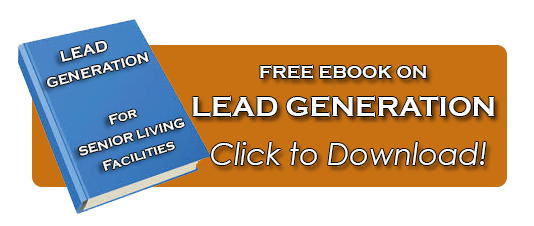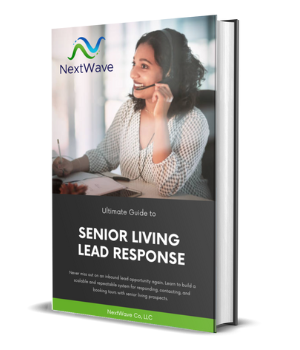
Despite existing challenges, there is heightened anticipation for the wave of Boomers ready to consider senior living projects and assisted living facilities for themselves and/or their parents. Boomers are turning 65 at a rate of 10,000 a day, and they are living longer and healthier lives. Take into account they are spending more years caring for an aging parent than raising their children, and one can understand the meaning of "the sandwich generation," devotedly entangled between the two. In a recent study by Argentum, the leading national trade association for professionally managed senior living communities, there are seven trends for the next decade in senior living that will reshape the industry and define the new "normal." We've triend our best to highlight the points from this fantastic article from their latest magazine.

1. Resident Expectations:
If older people want to retain their independence as long as possible, they need to live with their personal things around them, not vegetate in a sterile environment. More emphasis on personalities and less on institutional services. Resort-type grounds instead of institutional facilities. High-speed Wi-fi and internet cafes. More quality of activities instead of quantities, with significant socialization opportunities. Assisted living communities offering a full catalog of engaging activities like game nights, barbecues, yoga, tai chi, exercise classes, book clubs, and organized group outings to theaters, museums, and restaurants, will thrive. Moreover, assisted living communities that adopt green methods will likely see an increase in resident populations as the more eco-conscious Boomers reach retirement age.
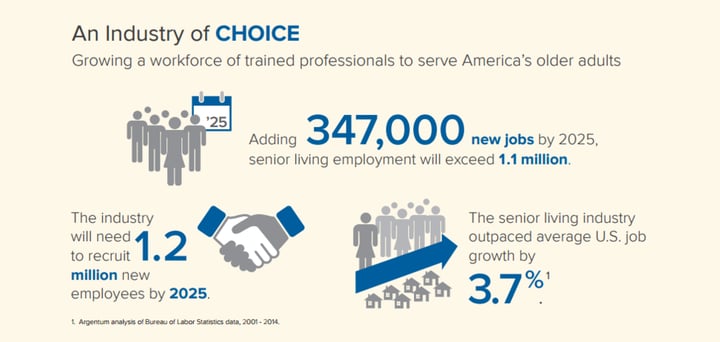
2.Industry Quality Metrics:
Establishing metrics has long been a goal of the senior living industry, and Argentum has launched the first phase of professional standards for senior living operators. These measures help demonstrate the industry's commitment to excellence in consumer and resident rights, quality improvement, workforce practices, and regulatory compliance. The connection between senior living and health care will grow over the next several decades, and metrics suggest how these organizations can form partnerships in the future. But don't confuse standardized metrics with cookie-cutter uniformity in consumer options. The industry should be ready to exchange ideas and practice innovative concepts to meet residents' needs.
3. Dementia Support:
It's no wonder that memory care is altering the model of assisted-living communities. Hard data projects by 2050 over 75% of patients in senior settings will suffer from dementia, as compared to 40% of patients today. By utilizing programming intervention to influence personal interactions in memory care services, customized activities can provide meaning and a renewed life purpose to the resident. It's important that resident-centered care teams know how to recognize and understand the world of the patient, joining them on their journey and preserving their dignity.
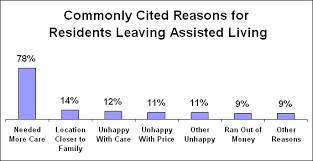
*The Graph above highlights the reason for the trend towards more support in assisted living. There's simply too large of an opportunity in offering memory care and cattering to ongoing needs of residents.

4.) Workforce Development:
Recruiting and retaining a qualified workforce of compassionate individuals from the younger generation is crucial. They are accustomed to managing their lives around technology, so the best and brightest talent expects continuing career education to be synched with industry trends. Home care agencies will efficiently manage both caregivers and patients with automated administrative operations like care plans, scheduling, payroll, and billing. This type of software support will facilitate home care agencies to provide superior services and will track the clinical data for each client’s health status more fully. Providers seek creative solutions to cultivate potential hires and train existing staff to manage increasingly complex operations.
5.Increasing costs:
The challenge for senior living operators will be to find the balance between what a resident wants and what he can afford. A retirement income strategy is a beneficial way to create a comfortable living arrangement, while at the same time locking in a retirement spending level. Having a plan in place can help alleviate stress on loved ones when they are faced with tough decisions. It has been determined that a patient is most comfortable in an experiential environment, giving them a customized living experience that is familiar and comforting. To have to downgrade their lifestyle only makes adjustments more challenging and depression more likely.
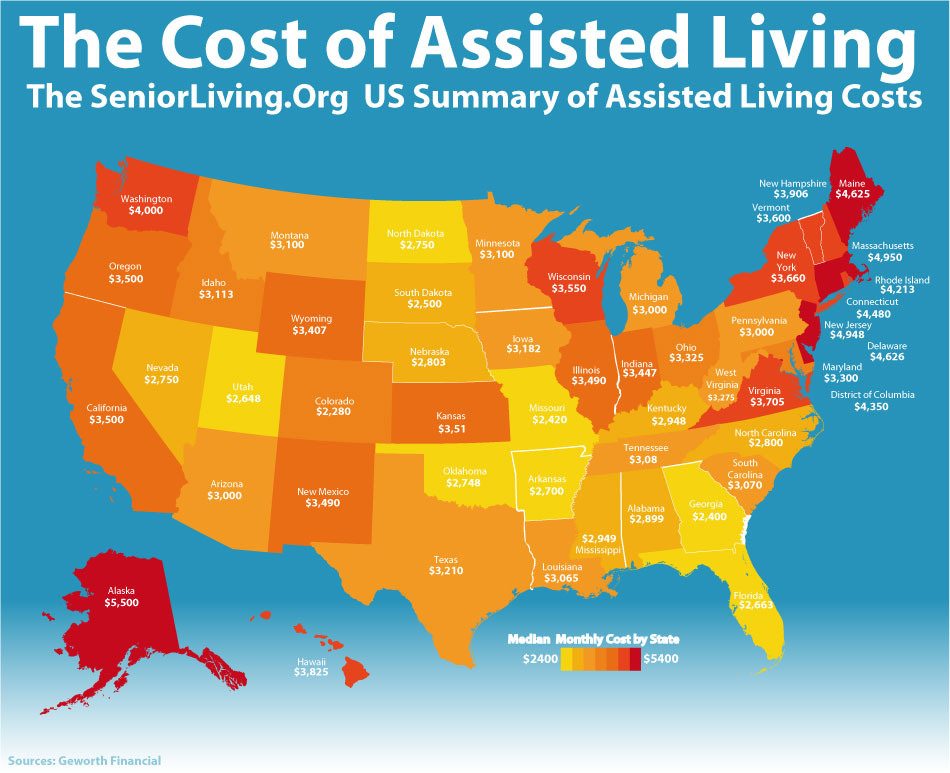
6. IoT Technology:
To improve the resident, family, and staff experiences, the Internet of Things will manage chronic conditions and help residents to stay safe. RFID chips integrated into a name badge will keep track of a resident's location through transponders placed around the facility building. Telemedicine will allow caregivers to interact with seniors without traveling to a physician's office. Wearable computers ("Wearables") will help a patient conduct complicated diagnostic procedures and transmit the data directly to their doctor. Clothing that incorporates sensors will predict the risk of falls, changes in condition, and monitor a resident's location. Robotic medication dispensers and microchips in pills will give new insight into the behaviors and activities of elderly adults. By the use of robotic medical assistants, Artificial Intelligence ("AI") technologies will mitigate the labor shortage caused by the influx of Boomer patients.
7. Consumer Education:
Education is critical to making an informed decision. Americans are generally unaware of long-term care costs, who pays for care, and how this affects their financial security. Being well-informed with quality retirement community website content and having time to plan helps people fund the living situation that will work best for them. Knowing what is available, how to access medical systems, where to go for guidance in navigating overlapping services, and understanding retirement income strategy will go a long way to help people make informed choices. Knowing what to expect has more successful outcomes.
To learn how to increase the occupancy of your senior living communitiy download our free guide to lead generation below. We've also be happy to give you a customized gameplan and strategy guide to help you craft a custom marketing/sales plan tailored to your communities specific occupancy goals.
*Source : Argentum Magazine Sept-October Magazine

